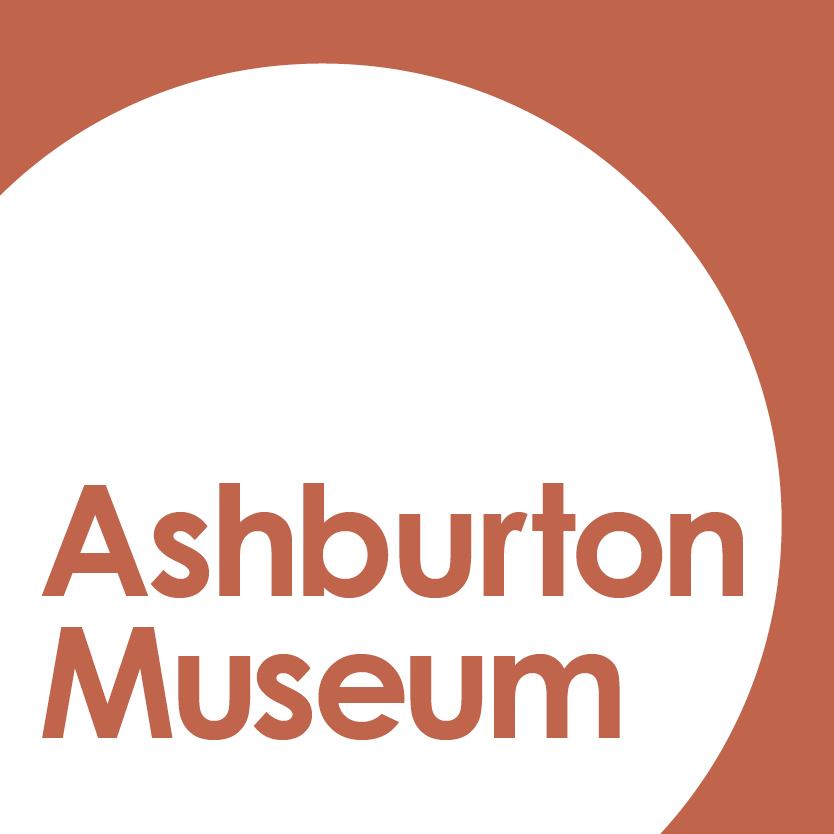They say home is where the heart is. Although I have been in Canterbury for years now, love my job, and have a house and friends here, Otago is still my home.
Sometimes this connection to home sits below the surface, however during last year’s weather event, Otago was definitely where my heart was.
Although I was born in Oamaru, most of my family live in Dunedin – to be precise, the Taieri Plains. While my cousins who live in Mosgiel were damp but unaffected, my Aunt lives on the Plains itself, so it was a long wait to see if her home would be flooded.
While people in Ashburton were affected, my thoughts were also with her; and my home in Ashburton became, for a spell, an Otago outpost.
As the water levels rose my connection to her and my real Home became stronger. How I longed to be there, or anywhere where I could see what was happening and help in some way.
I can only thank the many people who offered her support; and particularly the couple who came to her rescue, taking her to their home when she was evacuated in the middle of the night. Words are not enough to express fully how grateful I am to them for doing something I was unable to do.

Helping others
We often believe that in ‘the olden days’ people helped each other more. Neighbours knew each other and there was a community of support that would come into action when required.
Now, many think that sense of community has died out. Perhaps they imagine that a more mobile society means that people don’t stay in one place long enough to form networks, or maybe there is a fear of ‘butting in’.
We assume people won’t help in a crisis and that our only aid will come from organisations or government – either local or further afield.
Certainly the army was called in to Taieri and Civil Defence officers came to assist my Aunt, but it was ordinary people who helped in the most personal ways.
Perhaps here in Ashburton – and wider Canterbury – we shouldn’t be surprised that local communities rally when needed, but it was still heartening to me that weekend, to know that people really do still care.

Information networks
What did surprise me, however, was the way that help was provided. Naturally, physical help came from those who were on the spot. This meant a great deal to my Aunt. For me, isolated from giving practical help to loved ones, it was the internet that assisted the most.
Every computer in my house was turned on to websites that tracked water levels as they rose dramatically, or gave details about what was being done to assist the area I was thinking of.
Online photographs from newspapers and civil defence agencies gave me a visual understanding of what was occurring. An aerial survey from Saturday morning left me in no doubt that my Aunt’s house was flooded.

However, it was otherwise seemingly ‘silly’ or ‘time wasting’ Facebook that helped the most.
Naturally, organisations such as Civil Defence and Councils had a Facebook presence (some better than others) where up to the minute information was released, but for me the best thing was friends and friends-of-friend, who were able to give support and information through social media.
Oamaru ‘friends’ gave me details and photos so I felt connected and informed. I really appreciated my Oamaru neighbour reassuring me my home was ok, although stating the street I had lived in was in a bad way.
Once I mentioned my Aunt’s predicament I was amazed by the number of people who offered support or offers of help. People who had never met her became interested; a friend trapped on the opposite side of the flooding river sent photos and information, sometimes passing on details she had learnt from her friends.

Even people overseas became involved. For a while we were all very connected and members of a global family.
While damp and a facing a clean-up, my aunt was happily back at home and things returned to normal. My Facebook feed reverted to photos of cute cats and ‘unimportant’ things; and we all went back to normal lives.
Last year’s flooding reminds us that we are all part of a community and we never know when we may be required to help, or to receive help. I returned to work and found these pictures in the Ashburton Museum archive that show how our locals have adapted and assisted others in past weather events.
By Kathleen Stringer
Captions
- A family escaping an Ashburton flood near the railway overbridge, 1936.
- Picking up bread to be delivered by hand during heavy snow in 1945, outside Maddens tearooms, East Street.
- Some ‘helpers’ get paid to do so, but they still provide invaluable service. These Ashburton Electric Power Board workers clear up after the 1975 wind.
- Methven Flood, 1925. A man stands in oilskin and gumboots ready to help others.
- Proving someone always is willing to offer help, this man is lending a hand in Cairnbrae, 1925.

Leave a comment